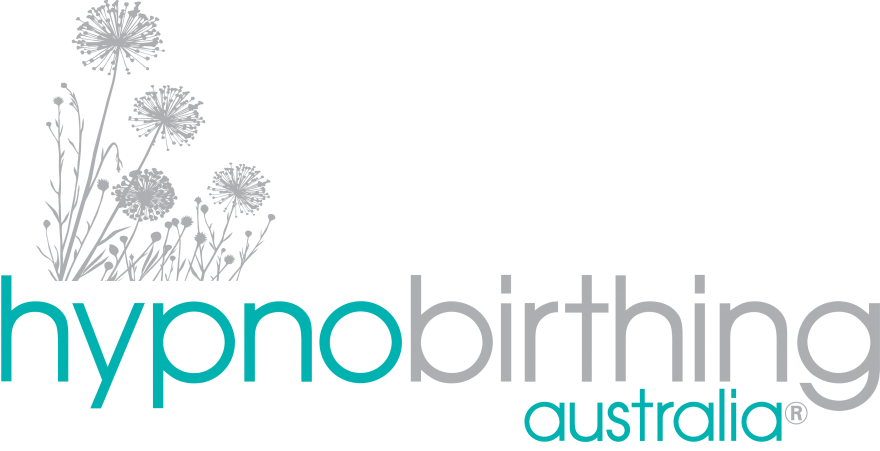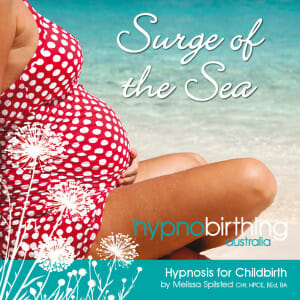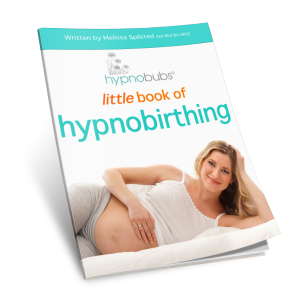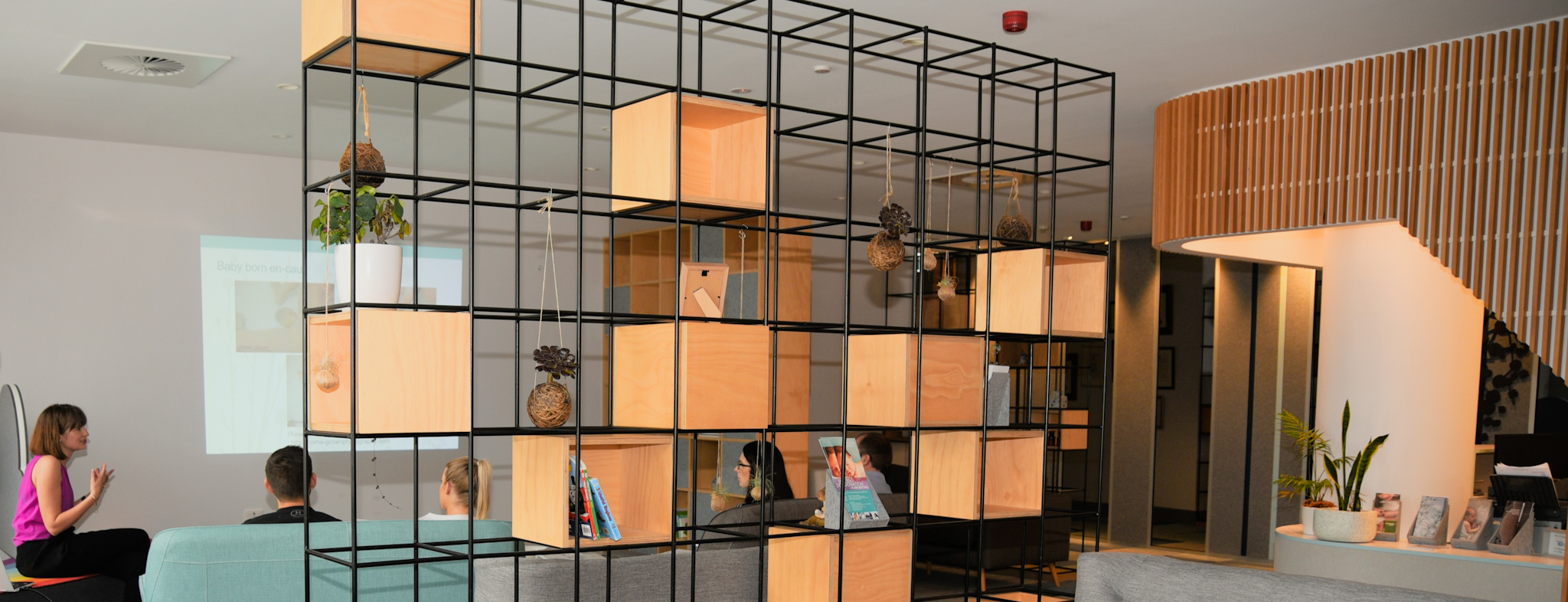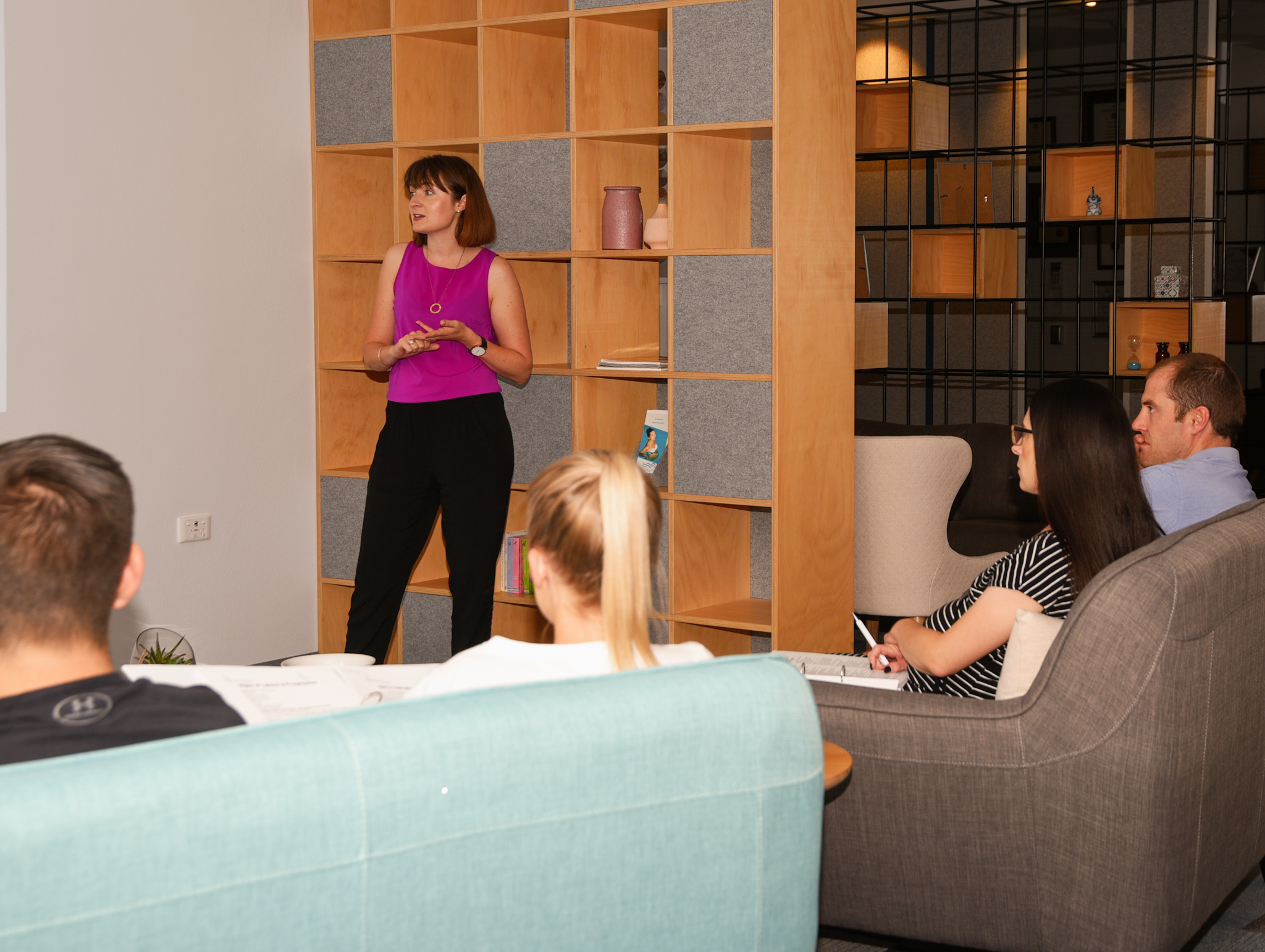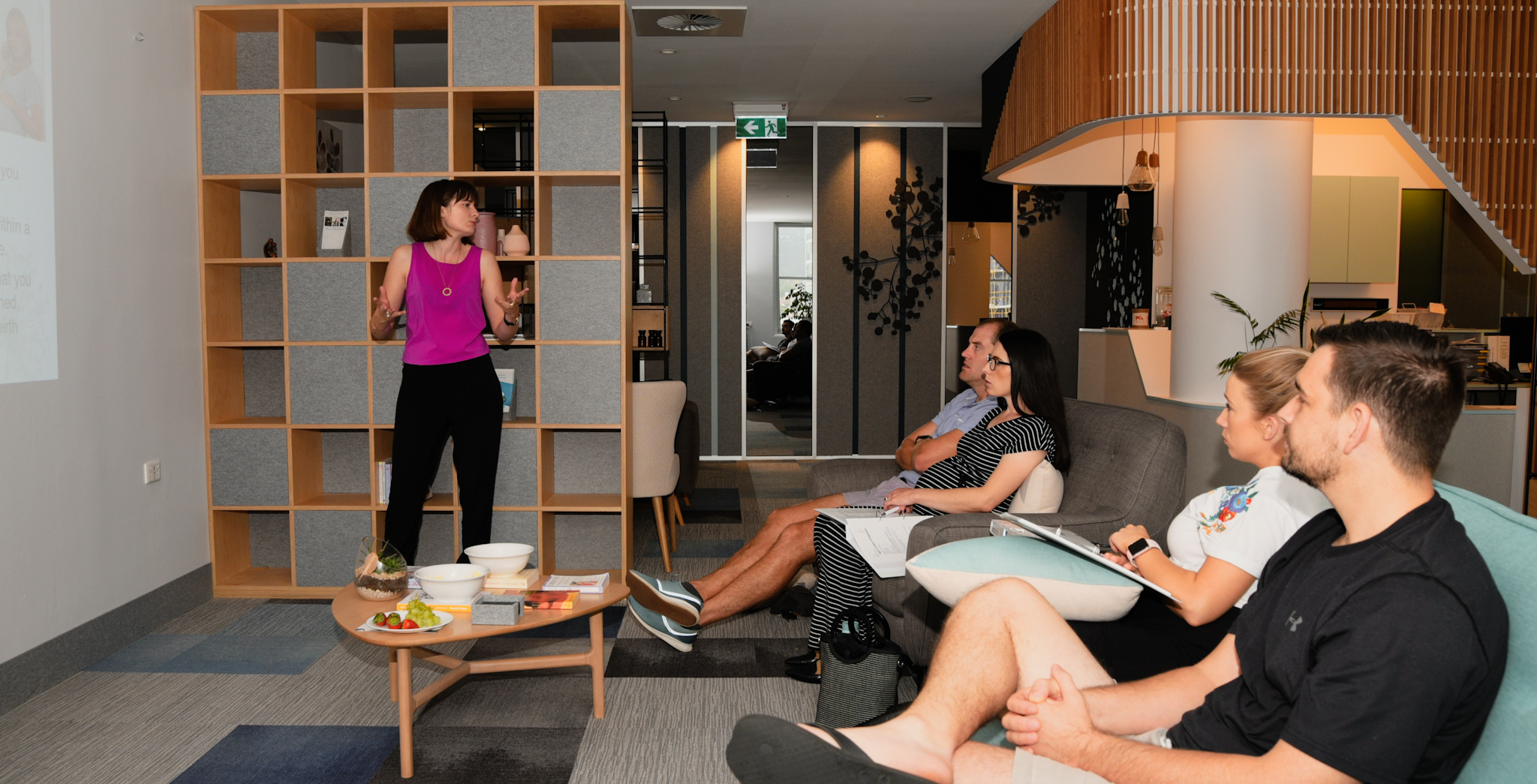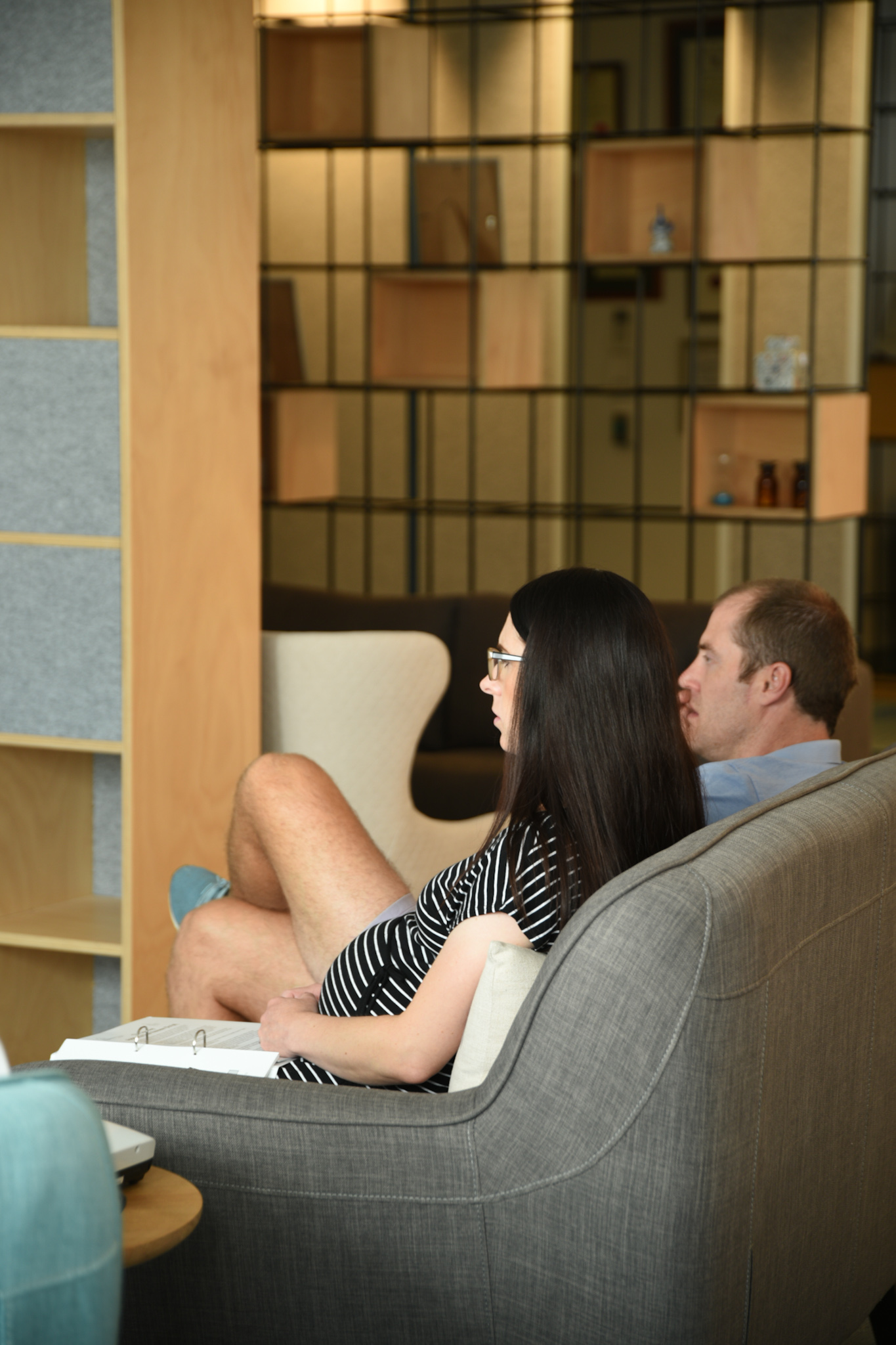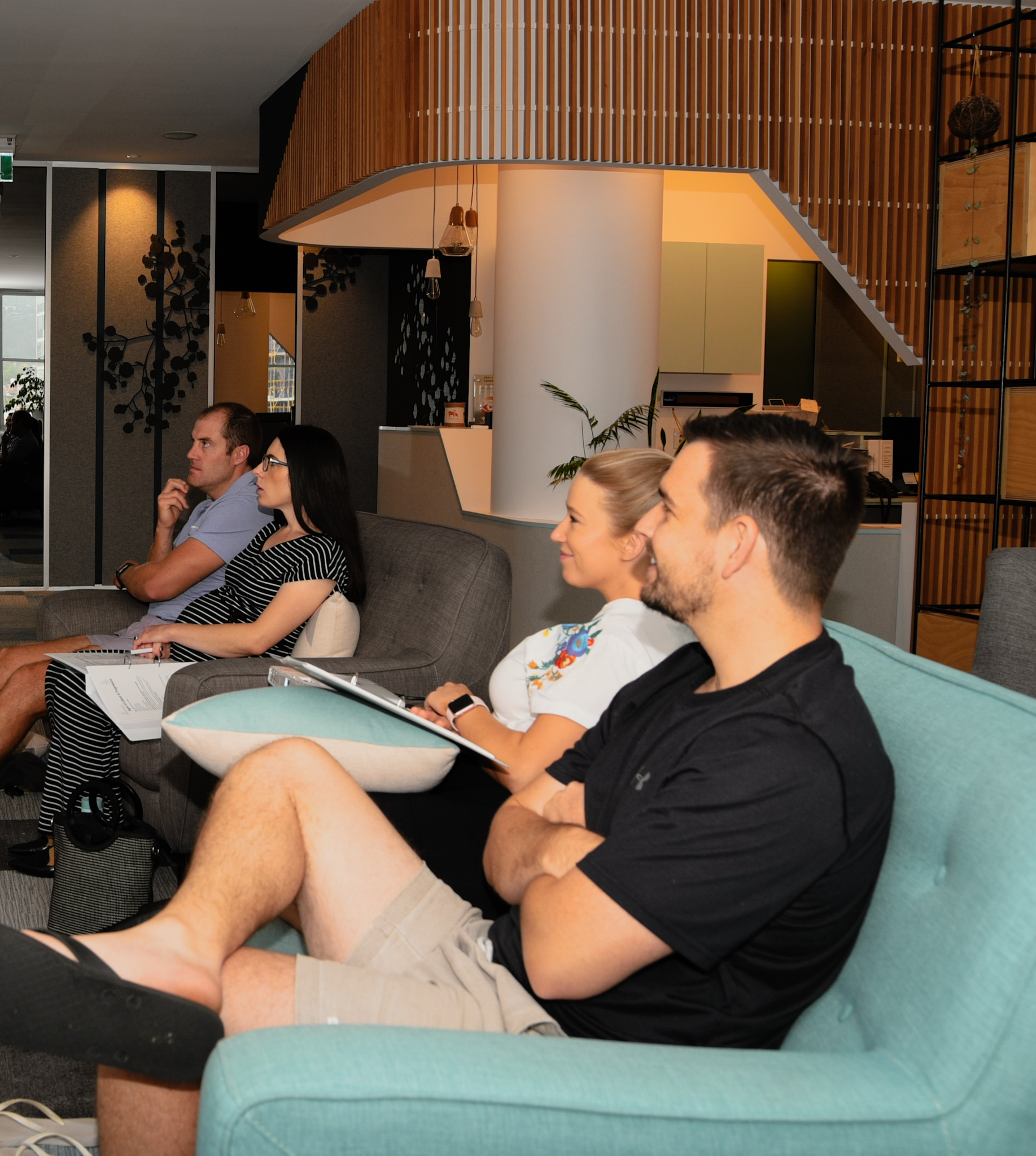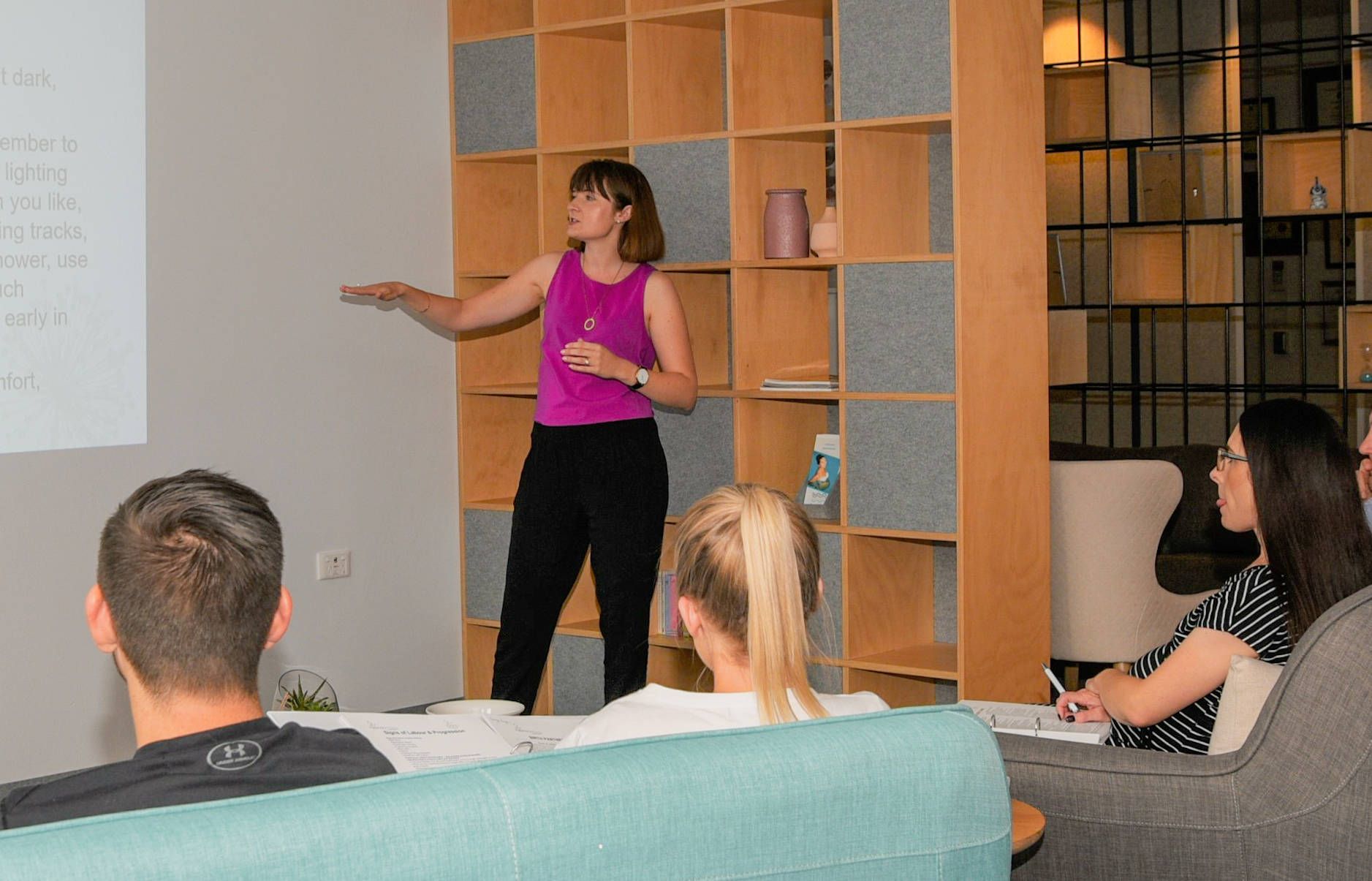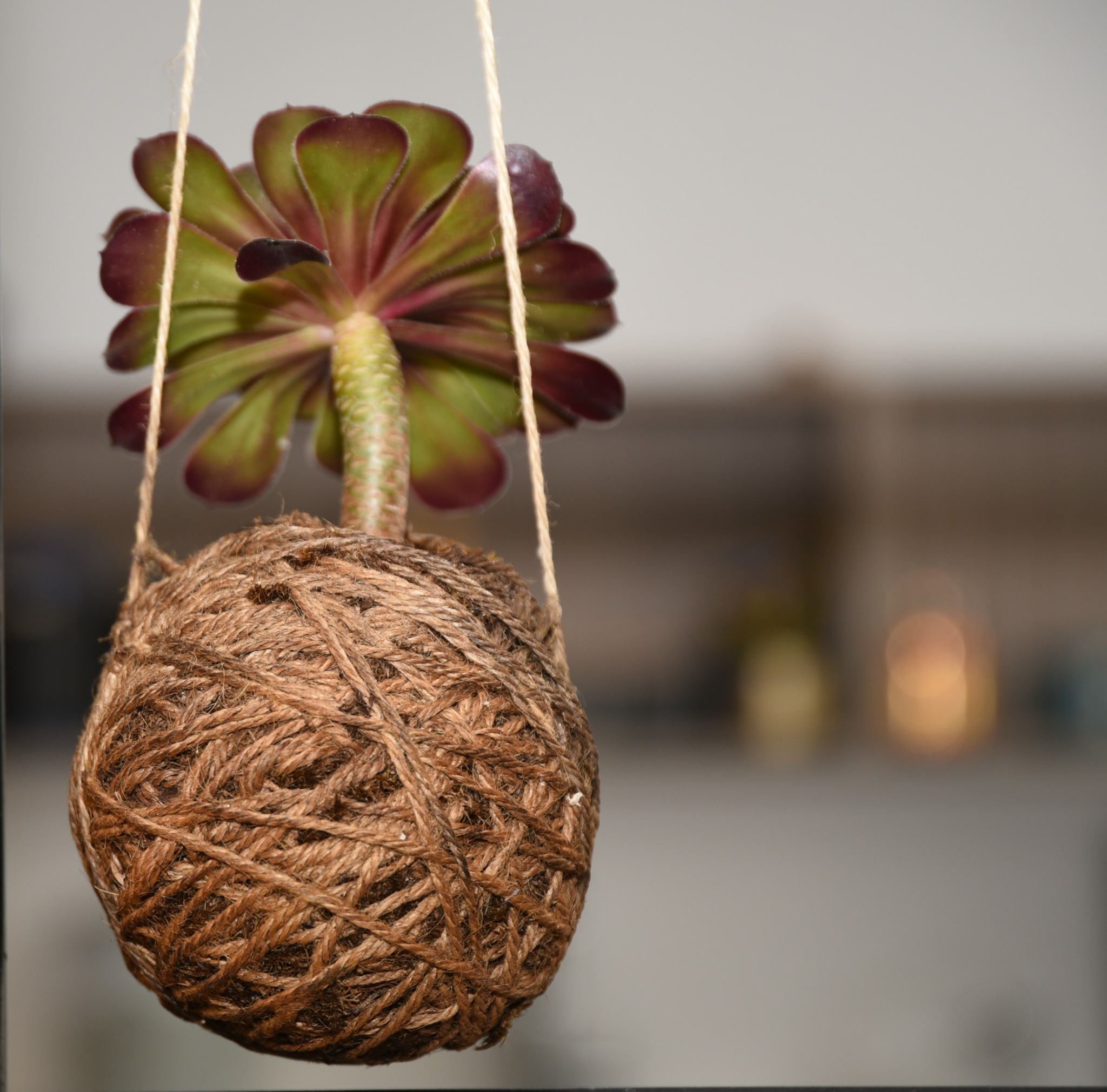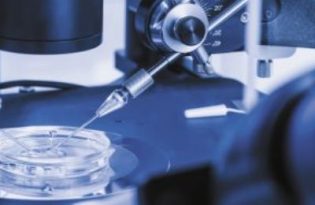Positive Birth Classes
Get in touch with us about Hypnobirthing today
The Hobart Hypnobirthing Co at Fertility Tasmania teaches Hobart mothers and birth partners techniques for beautiful, calm and positive birthing.
Positive Birth Classes During Covid-19
In the absence of public health advice directing otherwise, all Positive Birth classes will go ahead as planned (face to face, with appropriate social distancing measures taken).
In the case of an unexpected lockdown, if we are unable to run classes face to face, we will offer a Zoom alternative, with a $55 discount off the enrollment fee to account for the change in class delivery, or the option of a full refund if you’d prefer not to attend the class via Zoom.
What is Hypnobirthing Australia’s Positive Birth Program?
The Hypnobirthing Australia Positive Birth program provides positive childbirth education uniquely designed for Australian mothers and their birth partners. When a birthing mother is prepared with knowledge about the birth process, tools to stay positive, calm and comfortable through labour, has good support, and a method of preparation for both mind and body, birth can be a very positive and empowering experience.
What Will I Learn?
Hypnobirthing uses a combination of different philosophies and evidence-based techniques. You will learn breathing, relaxation, massage and self-hypnosis techniques, along with knowledge and tools to assist you to make well-informed decisions along the way. Your birth partner takes on a special role, and they will learn how they can best support you throughout labour and birth.
The ‘hypno’ part of ‘hypnobirthing’ refers to the hypnotherapy that we use to let go of fears and condition ourselves to release endorphins during our birth. With the help of hypnotherapy, the birth of your baby can be a more calm and relaxed experience, one where you are in the driver’s seat, rather than feeling like a passenger. This is likely to reduce your need for interventions during your birthing.
Achieving a Positive Birth
A positive birth is whatever you define it as. Whether you have a natural birth, require interventions, or have a caesarean birth, the use of self-hypnosis and deep relaxation techniques can be of great advantage to both yourself and your baby. Hypnobirthing will prepare you to calmly meet whatever turns your birthing journey might take.
These are the four key areas of focus in preparation for a positive birth experience:
|
Tools Breathing techniques Relaxation Affirmations Visualisations Movement Massage, touch & acupressure Self-Hypnosis |
Preparation Positive mindset Releasing fears Conditioning techniques Optimal positioning of baby Healthy diet & exercise Routine of practice |
|
Knowledge Mind/body connection Hormones & physiology of birth Bonding with baby Special circumstances Birthing preferences |
Support Birth partner Tools & techniques Birth environment Choices in maternity support |
The Hypnobirthing Australia program is unique to other childbirth programs in that it is down-to-earth, empowering, and completely geared towards parent’s needs.
Classes
Classes can be attended at any stage through pregnancy, however 20-33 weeks is the ideal time to start. Parents find the hypnobirthing techniques to be down-to-earth, straightforward and easily learned. Hypnobirthing Australia classes are structured in a way that the support partner is encouraged to attend. Participants receive:
- twelve hours of teaching time
- two albums of relaxation and self-hypnosis tracks
- folio of visualisations, hypnosis scripts, relaxation and breathing tools
- video of a birth rehearsal utilising the techniques
- Hypnobirthing eBook
- links to additional reading materials
Classes are run on weekends. See ‘Course Dates & Fees’ tab for current class dates and times. Spaces are limited, so call or email Fertility Tasmania reception to register your interest.
2024 Course Dates and Fees
There will be 6 rounds of Hypnobirthing Australia’s Positive Birth Course spread throughout 2024:
| Dates | Times | Location | |
| Round 1 | Saturday January 20 + Sunday January 21 (full weekend) |
9:00am – 4:00pm (both days) | Eternal Women’s Health (Hobart CBD) |
| Round 2 | Saturday March 16 + Sunday March 17 (full weekend) |
9:00am – 4:00pm (both days) |
Eternal Women’s Health (Hobart CBD) |
| Round 3 | Saturday May 25 + Sunday May 26 (full weekend) |
9:00am – 4:00pm (both days) |
Eternal Women’s Health (Hobart CBD) |
| Round 4 | Saturday July 6 + Sunday July 7 (full weekend) |
9:00am – 4:00pm (both days) |
Eternal Women’s Health (Hobart CBD) |
| Round 5 | Saturday September 14 + Sunday September 15 (full weekend) | 9:00am – 4:00pm (both days) | Eternal Women’s Health (Hobart CBD) |
| Round 6 | Saturday December 7 + Sunday December 8 (full weekend) |
9:00am – 4:00pm (both days) |
Eternal Women’s Health(Hobart CBD) |
Fee Schedule:
Course fees include:
- twelve hours of teaching time
- two albums of relaxation and self-hypnosis tracks
- folio of visualisations, hypnosis scripts, relaxation and breathing tools
- video of a birth rehearsal utilising the techniques
- Hypnobirthing eBook
- links to additional reading materials
- ongoing support and communication with your facilitator
Payment is completed across three instalments:
Instalment One: $150 deposit to secure your place
Instalment Two: $200 (any time prior to course start date)
Instalment Three: $200 (any time prior to or on course start date)
Health fund rebates are available. Contact your health fund for more information. Course refunds can be processed where withdrawal occurs due to a change of circumstances, minus a $50 administration fee.
2025 Course Dates and Fees
There will be 6 rounds of Hypnobirthing Australia’s Positive Birth Course spread throughout 2024:
| Dates | Times | Location | |
| Round 1 | Saturday February 1 + Sunday February 2 (full weekend) |
9:00am – 4:00pm (both days) | Eternal Women’s Health (Hobart CBD) |
| Round 2 | Saturday March 29 + Sunday March 30 (full weekend) |
9:00am – 4:00pm (both days) |
Eternal Women’s Health (Hobart CBD) |
| Round 3 | Saturday May 24 + Sunday May 25 (full weekend) |
9:00am – 4:00pm (both days) |
Eternal Women’s Health (Hobart CBD) |
| Round 4 | Saturday July 19 + Sunday July 20 (full weekend) |
9:00am – 4:00pm (both days) |
Eternal Women’s Health (Hobart CBD) |
| Round 5 | Saturday August 30 + Sunday August 31 (full weekend) | 9:00am – 4:00pm (both days) | Eternal Women’s Health (Hobart CBD) |
| Round 6 | Saturday October 11 + Sunday October 12 (full weekend) |
9:00am – 4:00pm (both days) |
Eternal Women’s Health(Hobart CBD) |
Fee Schedule:
Course fees include:
- twelve hours of teaching time
- two albums of relaxation and self-hypnosis tracks
- folio of visualisations, hypnosis scripts, relaxation and breathing tools
- video of a birth rehearsal utilising the techniques
- Hypnobirthing eBook
- links to additional reading materials
- ongoing support and communication with your facilitator
Payment is completed across three instalments:
Instalment One: $150 deposit to secure your place
Instalment Two: $200 (any time prior to course start date)
Instalment Three: $200 (any time prior to or on course start date)
Health fund rebates are available. Contact your health fund for more information. Course refunds can be processed where withdrawal occurs due to a change of circumstances, minus a $50 administration fee.
Birth Stories from Hobart Mums
Jurate + Chris = Baby Noralie
Last week we welcomed our baby girl Noralie and it was a great experience!
I think hypnobirthing helped me to prepare mentally for it and not to lose my mind during the intense stages!
My labour started around 8pm on Monday evening, so I went to bed to get some rest and see if it’s really on. The waves were coming in at regular intervals and I was checking my phone to see how far apart they were. Then probably around 1am I got out of bed (surges were coming closer) and went to the lounge room, put on some candles and music and was moving with every surge and resting in between.
Finally, when it became quite constant (probably 2-3 surges in 10 min), I woke Chris up and asked him to count it for me as I needed to concentrate more on “being in the zone”. I didn’t want to be sent back from the hospital if we’d come too early, so really waited for the surges to be constant. We phoned the hospital and they said to come over. So we arrived there around half 3 that night and were met by midwife Skye, who was absolutely brilliant.
Chris set up the room with candles and music as I was rolling on the ball. Eventually I went on the bed and stayed there on all fours, moving through surges and resting in between. It was intense! I didn’t want any touches during the surges or not even any words, but was fully recovering during the down time and could ask, listen and chat if needed. I felt really supported by our midwife as she approached everything very calmly and knew when to give some space or suggest a different position.
And then I felt an urge to push – yes, that’s what I said to her and she said just breath through it and try not to rush. Chris joined in on this and it was really helpful to have those words through this stage. I also was using TENS machine and I found it to be most helpful at this stage actually. Later Skye suggested for me to sit on the toilet for the gravity to take over and it helped!
Our little one came out 6:37 that morning and I couldn’t believe how beautiful she looked the moment I saw her! :))
The next day I was talking to Chris about how loud I was during the labour (I kind of had that quiet hypnobirthing image in my head) and he said that I wasn’t loud at all! It was only the last push where I was more vocal apparently. Then our midwife Skye came in and she said exactly the same thing! It just shows how different we can look from the outside!
All in all, Erin, I found the breathing the most helpful during the resting phases, whilst rolling and rocking my body during the surges as needed.
It was a beautiful experience and we are so happy to have our little one with us. Thank you for the course, Erin! It helped to prepare and follow the body cues.
Cassandra + Richard = Baby Isobel
We just wanted to let you know that our daughter, Isobel, arrived very early on Monday morning at 1.25am.
I was induced via gel late Sunday afternoon due to high blood pressure, and ended up in active labour a few hours later. It was an intense experience but using the breathing and relaxing techniques we learnt with you I always felt in control and used gas & air for just the last few hours.
During the transition phase the midwife had to coach me – I’d asked for more pain relief and was convinced I couldn’t do any more but she was positive I was fine and really helped me stay on track.
I’d been listening to the Hypno tracks and affirmations daily since the course and felt very calm in the lead up. I also think the breathing techniques made the gas & air more effective for me, and definitely enabled me to manage the surges.
Common Misconceptions
I’m sorry, did you say HIPPO-birthing? Or was it HIPPIE-birthing? No – it’s HYPNO-birthing!! But we’ll forgive you, because it can be confusing! As Hypnobirthing Australia practitioners, we are passionate about what we do, and excited about the difference we can make, but we also understand that there are potentially some misconceptions out there about what it is exactly that we do. Media reports, stories told by celebrities, social media posts, and marketing from other birth education -providers mean that there are sometimes some mixed messages out there, and we’d hate to think that those mixed messages might deter people from doing what we believe is the best birth education course around!
SO, let’s spend some time de-mystifying this ‘mystical’ term!
Misconception Number 1: A hypnobirth is a pain-free birth.
This is isn’t quite the case. The intense sensations experienced during birth are a normal part of what is a natural physiological process for our bodies. Hypnobirthing Australia courses work with couples to help change their relationship with and perception of pain, so hypnobirthing mums experience the intense sensations of birth very differently – but they still experience them!
Misconception Number 2: Hypnobirthing is all about having a natural birth.
Not at all! Hypnobirthing practitioners believe that every couple has the right to a positive and joyful birth experience – whatever that might look like! Hypnobirthing Australia courses equip couples with the tools they need to calmly face whatever turn their birth happens to take, so no matter what happens, the parents feel positive, empowered and proud of what they’ve achieved.
Misconception Number 3: Hypnobirthing is only for hippies, right?
WRONG! A positive birth experience is the right of every couple, but this requires preparation. Hypnobirthing Australia courses provide knowledge, practical tools and support, and have a sound scientific evidence base. The courses have benefitted heterosexual couples, same-sex couples, and single mums (with or without birthing partners) from all walks of life – in fact, Kate Middleton reportedly utilised hypnobirthing techniques during the births of her three children, and Meghan Markle is also said to be preparing for her birth using the same approach! If it’s good enough for the royals, it definitely good enough for us! If you are anxious about birth, or if a positive birth experience is important to you, then Hypnobirthing Australia is for you – hippie has nothing to do with it!
Misconception Number 4: Hypnobirthing is just about hypnotizing yourself.
Oh no – it’s so much more than that! You are right in thinking that Hypnobirthing Australia courses involve some self-hypnosis – that’s why we put it in the name! But forget any ideas you have about being made to cluck like a chicken. Self-hypnosis is simply a state of deep relaxation and strong focus on a single idea, and in fact it is something most of us experience several times a day without realising it. Hypnobirthing Australia courses do help couples to capitalize on this pre-existing skill, but it is one of many tools (breathing techniques, changes to the birth environment, positions, touch, affirmations) couples receive practical training in.
So, now you know! It’s not HIPPO-birthing, or HIPPIE-birthing. It’s HYPNOBIRTHING, and it’s FABULOUS!
Dr Erin Kelly

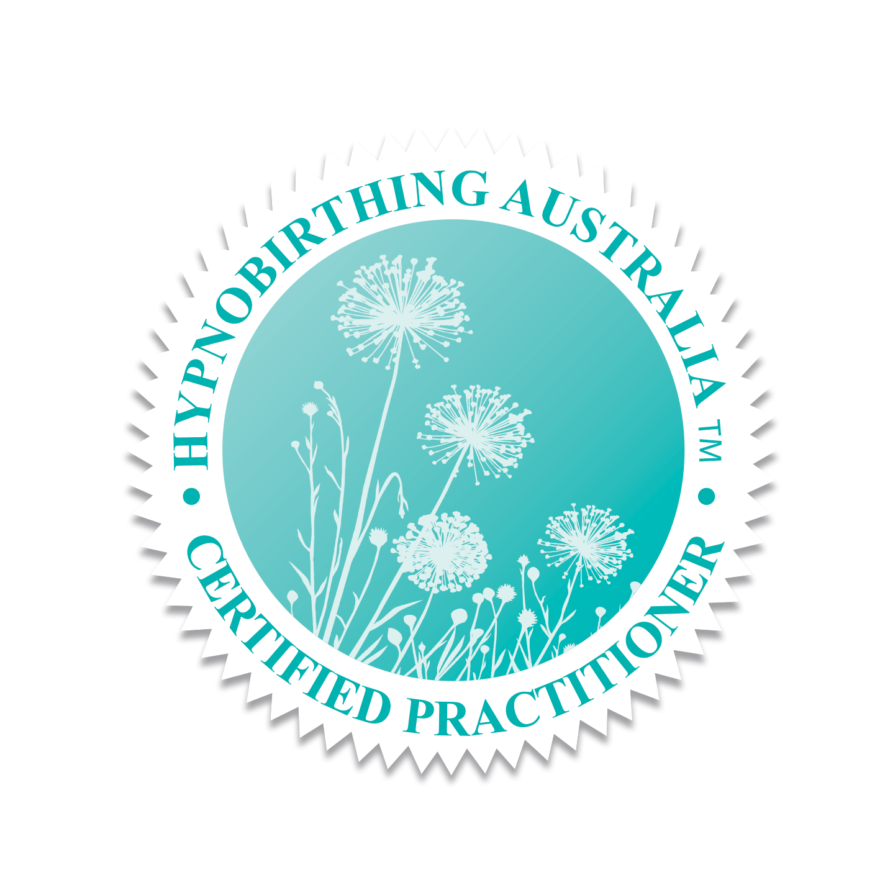
Giving birth is one of the most extraordinary experiences life can offer, and the day you meet your precious baby is one you will never forget. Every woman has the right to a positive birth, and deserves to re-tell and re-live her birth story with a sense of pride, delight and wonder. Your baby’s birthday will be an annual celebration of your little one, but it is my hope that it will also be a reminder of one of the most amazing days of your lives, and one of your greatest achievements. That’s what hypnobirthing helped me achieve (I’m a proud mum of one hypnobub), and that’s a joy I’m truly passionate about spreading.
Erin is a proud Tasmanian, who completed her PhD in Clinical Psychology at the University of Tasmania in 2010. In addition to her work at Fertility Tasmania, Erin provides psychological services at Gregory Street Psychology in Sandy Bay where she works with children, adolescents and adults.
Erin is passionate about supporting patients through their fertility treatment, and strongly believes in the proactive management of mental health at all stages of the treatment experience. She is also an accredited Hypnobirthing Australia practitioner, and is excited to be able to offer these classes at Fertility Tasmania to support patients in achieving a calm and empowered birthing experience.
Erin lives in Hobart with her husband, daughter, and two fluffy Maltese Shih-Tzus. When she’s not at work, you will find her shopping, eating at a café, running, or singing along (badly) to her favourite tunes.
Get in touch with us about Hypnobirthing Australia classes today.



